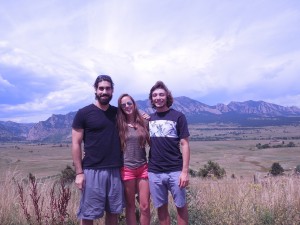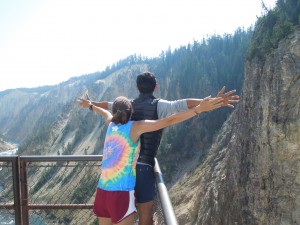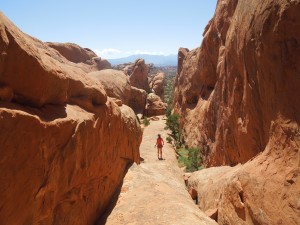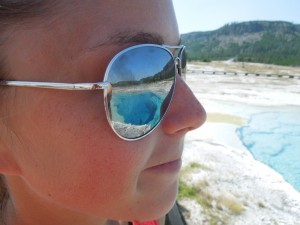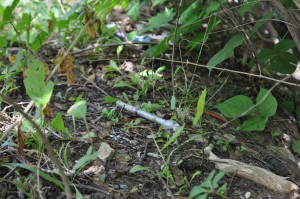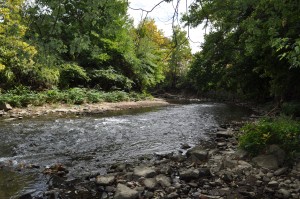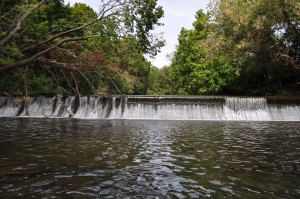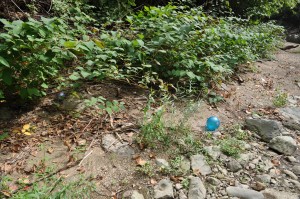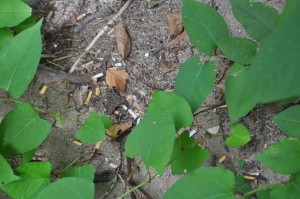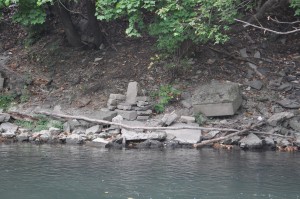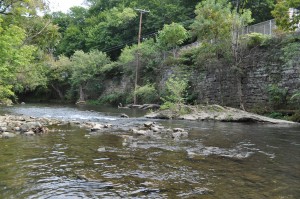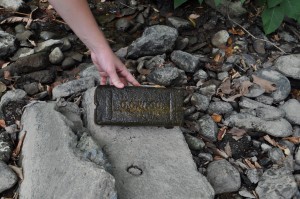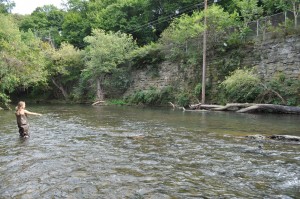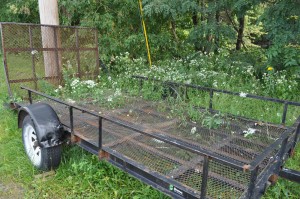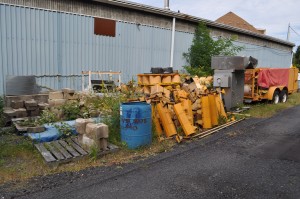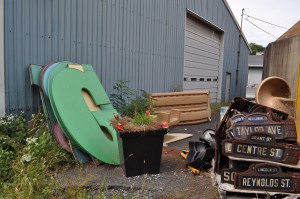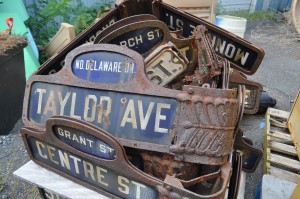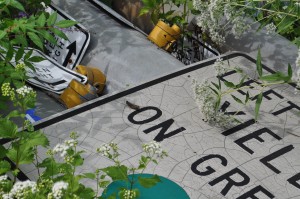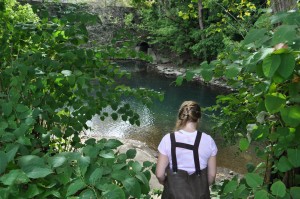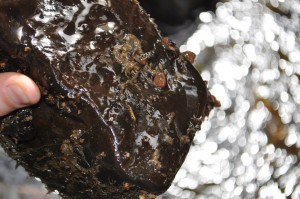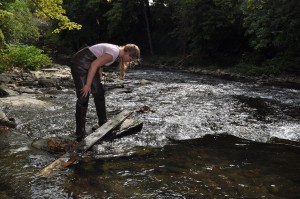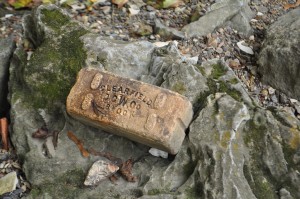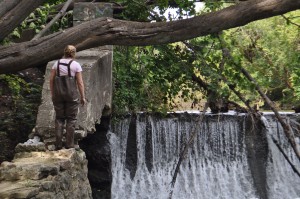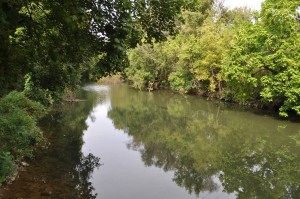“Pond Scum: Henry David Thoreau’s moral myopia”
As soon as I scrolled past this article title on Facebook the other day, I was obviously intrigued. I have at times taken issue with Thoreau’s harshness in criticizing others for not living as he did, particularly given that his escape into the wild has never been genuine enough for my liking. Though I appreciate him as a writer, it has been difficult for me to wholly appreciate Walden because I find a considerable amount of his commentary to be unnecessarily judgmental and closed-minded, which is disappointing because I feel environmentalists who wish to instill the love of the unknown and unchanged ought not to represent these qualities.
The writer of this article is at times sassy and always critical, but she gives credit where credit is due, for example in her praise of his mastery of nature-writing. Never does she question his brilliance or relevance, but she tears the legitimacy of Walden limb from limb which is interesting to see whilst currently reading the book.
I think the most representative passage from the piece is, “The hypocrisy is that Thoreau lived a complicated life but pretended to live a simple one. Worse, he preached at others to live as he did not, while berating them for their own compromises and complexities,” a feeling I think has been echoed in out-of-class musings of classmates and peers who see me reading the book.
Anyway, definitely definitely worth the read for anyone who wants to challenge any ideas they may have about Thoreau or Walden!
http://www.newyorker.com/magazine/2015/10/19/pond-scum?mbid=social_facebook

